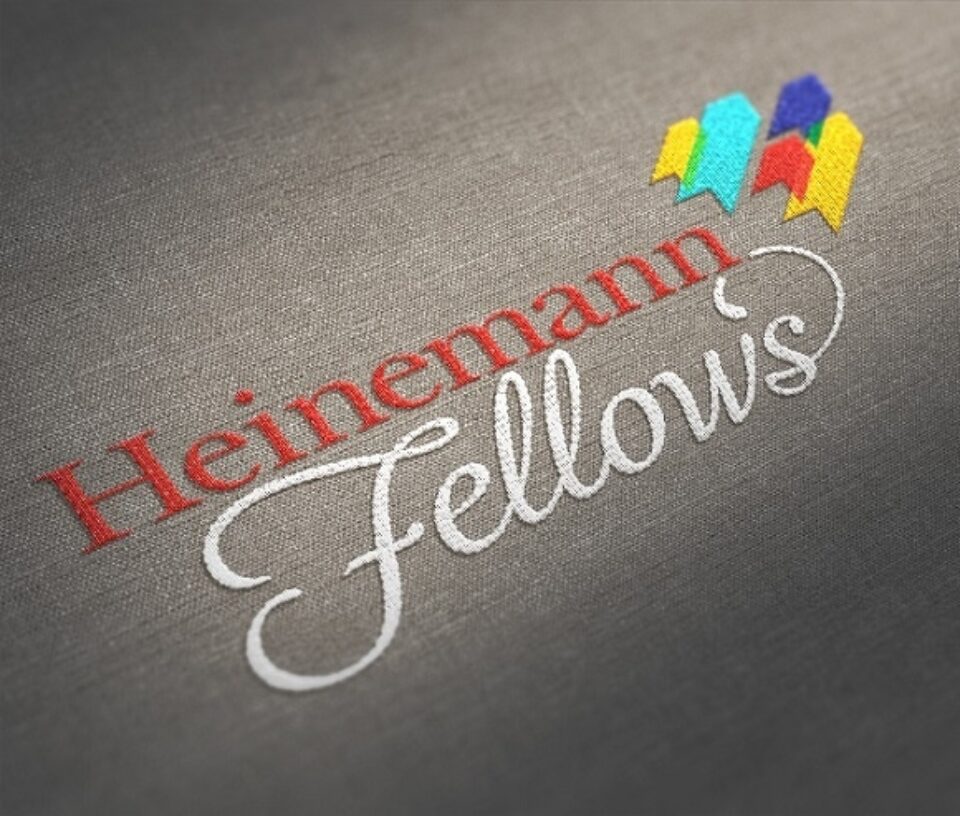
There is a face that haunts me. I first saw this face, of a man staring glumly at the camera, last winter when reading a news article titled Man Memorizes French Dictionary to Win French Scrabble Tournament, Does Not Speak French.
This man’s face haunts me because it reminds me of so many of my math students, those students who memorize rule upon rule but end the school year unable to communicate fluently using math. If math is a language, these students have been memorizing it syllable by syllable instead of learning what the words actually mean. They can't "speak" math.
As part of my Heinemann Fellowship research, I am trying to remedy this problem. My goal is to learn more about algebraic literacy: the ability to read and interpret algebraic expressions and equations.
When we ask students to read a passage in language arts class, we certainly expect them to be able to read each word in a sentence. But we also want them to be able to summarize the content of the piece as a whole. On another level, we want them to be able to describe the voice and tone that the author uses in the passage. Moreover, we hope that students can decode the words in the piece and infer their definitions from the context. These skills are all interrelated aspects of our students’ growing levels of literacy.
Most math teachers, however, have a less refined understanding of how kids read algebraic expressions with differing levels of literacy. Most math curriculum focuses disproportionately on algebraic procedures such as combining like terms, solving equations, and using the distributive property. These skills are necessary for success in algebra, but they are not sufficient.
Last year, I taught my students how to solve multi-step equations with great success. Most of my students could easily solve for x in an equation such as 3(2x - 7) + 6 = 45. Weeks later, I discovered during a warm-up activity that many of those same students looked at the equation 4 + 5 = ___ + 3 and believed that the missing number was 9. They had learned a series of steps to manipulate equations without ever knowing what an equation is intended to represent.
Additionally, algebraic literacy is vital for students who need to interpret situations and translate them into algebraic expressions. For example, consider the scenario below:
Ava has a job at a restaurant that pays her a wage of w dollars per hour. One day, Ava's boss informs her that she is getting a $0.50 raise on her wage. That night, Ava works for 7 hours and also earns $43 in tips.
Here’s an expression that matches the situation:
7(w + 0.50) + 43
Kids can read the expression above on a number of levels. At a baseline, one could read the expression phonetically. Lots of my kids can do this. They can say “seven times w plus point five-oh plus forty three.”
On another level, kids can read the expression and understand its mathematical structure in to evaluate it for a given wage. If they learned that w = $9 per hour, they could correctly compute that Ava's total earnings were $109.50.
Students can also read the expression and understand how it represents the context of Ava’s job. On this level, students could identify that the entire expression represents Ava’s total wages. Beyond that, students could match specific pieces of the expression with their corresponding parts of the context. For example, if asked “Find the part of the expression that represents Ava’s new wage” students could identify “w + 0.50” as that element. Moreover, they could alter the expression if the underlying scenario changed. What if Ava has to give 30% of her tips to the kitchen staff? How could we incorporate that information into the original expression?
This level of literacy is important because, without it, students cannot generate equations and expressions that represent the situations they encounter. If students cannot translate our world into the language of algebra, they are hamstrung in their abilities to communicate algebraically. They are like the poor Scrabble winner, who can spell any French word in the dictionary but can’t order lunch at the Paris airport.
My research for the Heinemann Fellowship will focus on this level of literacy. Kids have a difficult time generating expressions from a context, and I think it’s because we focus too much on the phonics of algebra and not enough on comprehension. In my expressions and equations unit this year, I am going to spend less time simplifying and solving equations and more time translating and interpreting them.
I can’t wait to share what I learn.
 Kent Haines wants to change the way middle school students think about mathematics. He says he’d like students to solve equations more creatively and help them move “beyond memorized rules” in math practice. Haines leads his classes in small group discussion to help guide lessons. As he walks around the classroom, he listens in on the debates his students have on each other’s answers. Kent wants to help fellow middle school educators to give their students a better understanding of math, a more “coherent and conceptional” idea. Haines has spent the last 6 years as a middle school math teacher with a focus on pre-algebra. Since 2013 he’s been teaching 7th and 8th graders at Simmons Middle School in Hoover, AL. While there, he’s also taught a support class for students who struggle with math. Before his time at Simmons, Haines taught at Putnam Middle School in Birmingham.
Kent Haines wants to change the way middle school students think about mathematics. He says he’d like students to solve equations more creatively and help them move “beyond memorized rules” in math practice. Haines leads his classes in small group discussion to help guide lessons. As he walks around the classroom, he listens in on the debates his students have on each other’s answers. Kent wants to help fellow middle school educators to give their students a better understanding of math, a more “coherent and conceptional” idea. Haines has spent the last 6 years as a middle school math teacher with a focus on pre-algebra. Since 2013 he’s been teaching 7th and 8th graders at Simmons Middle School in Hoover, AL. While there, he’s also taught a support class for students who struggle with math. Before his time at Simmons, Haines taught at Putnam Middle School in Birmingham.